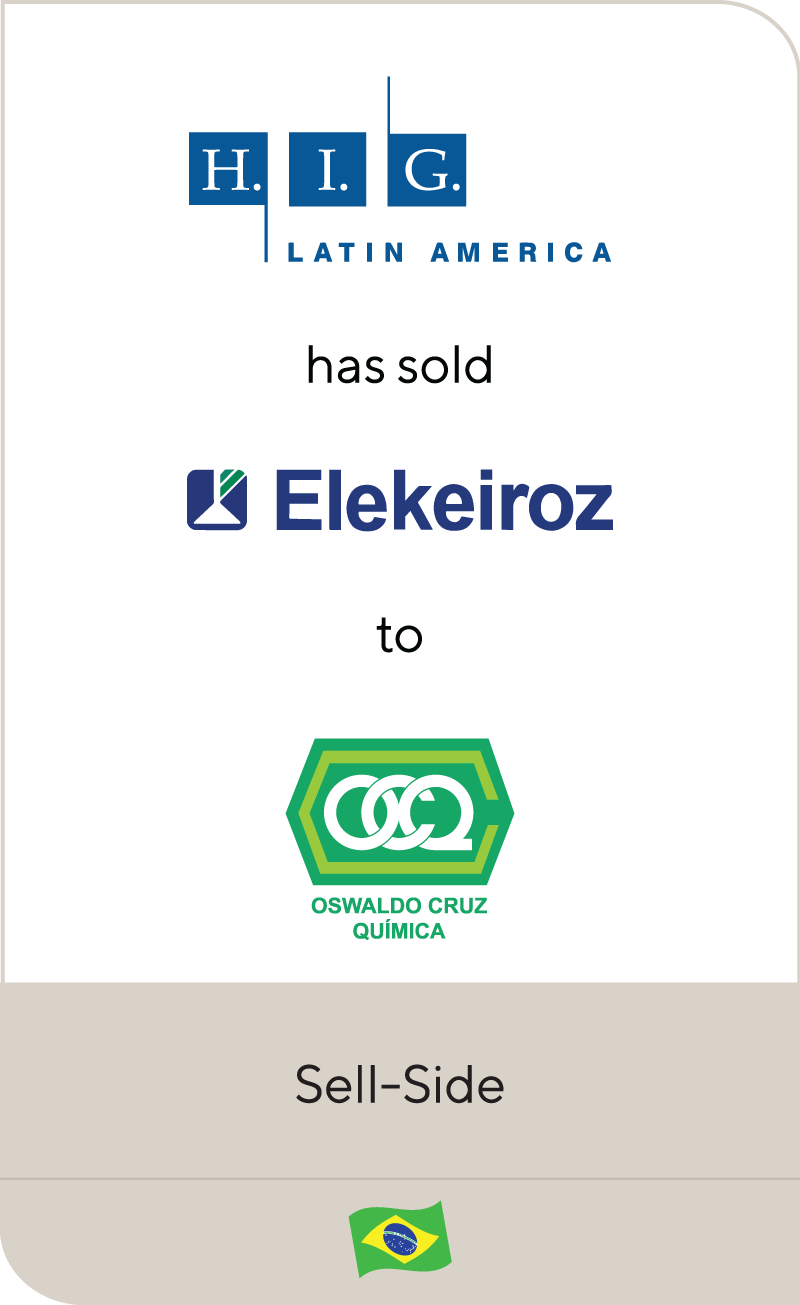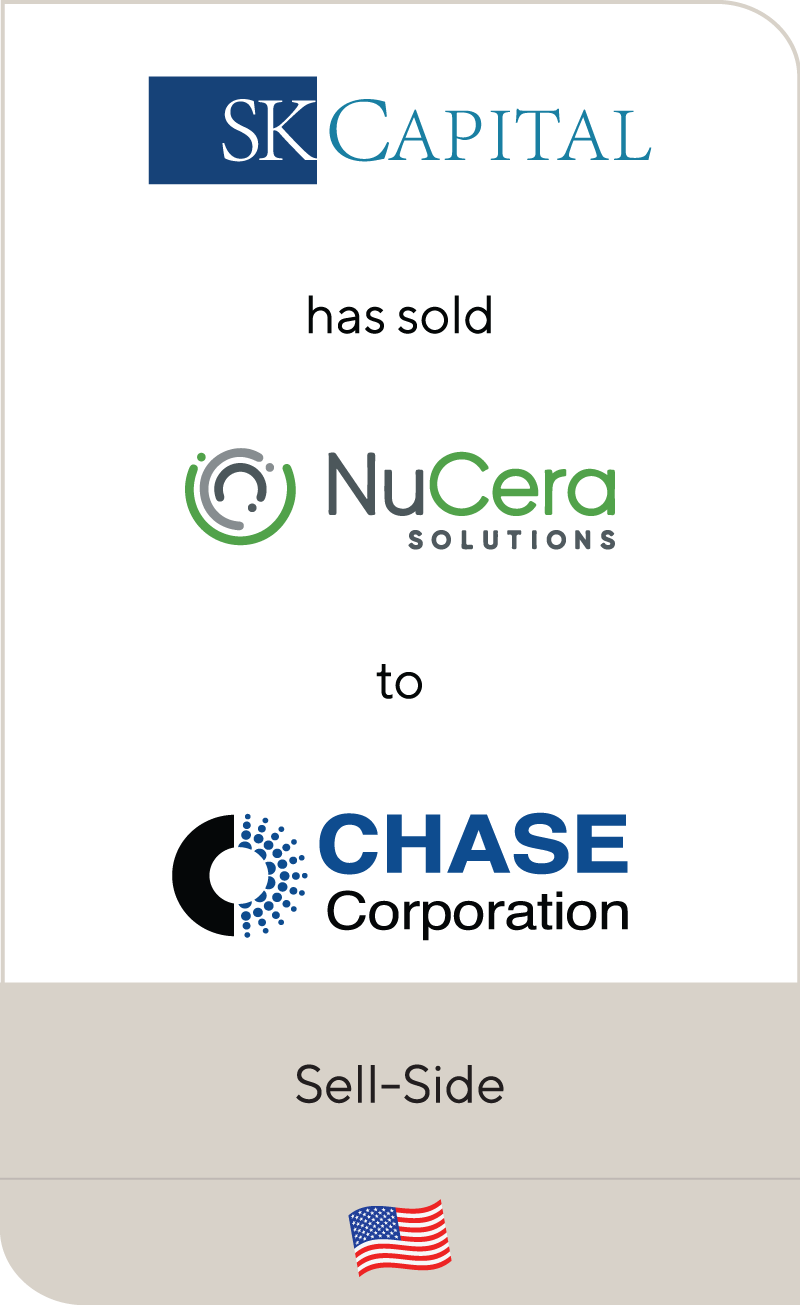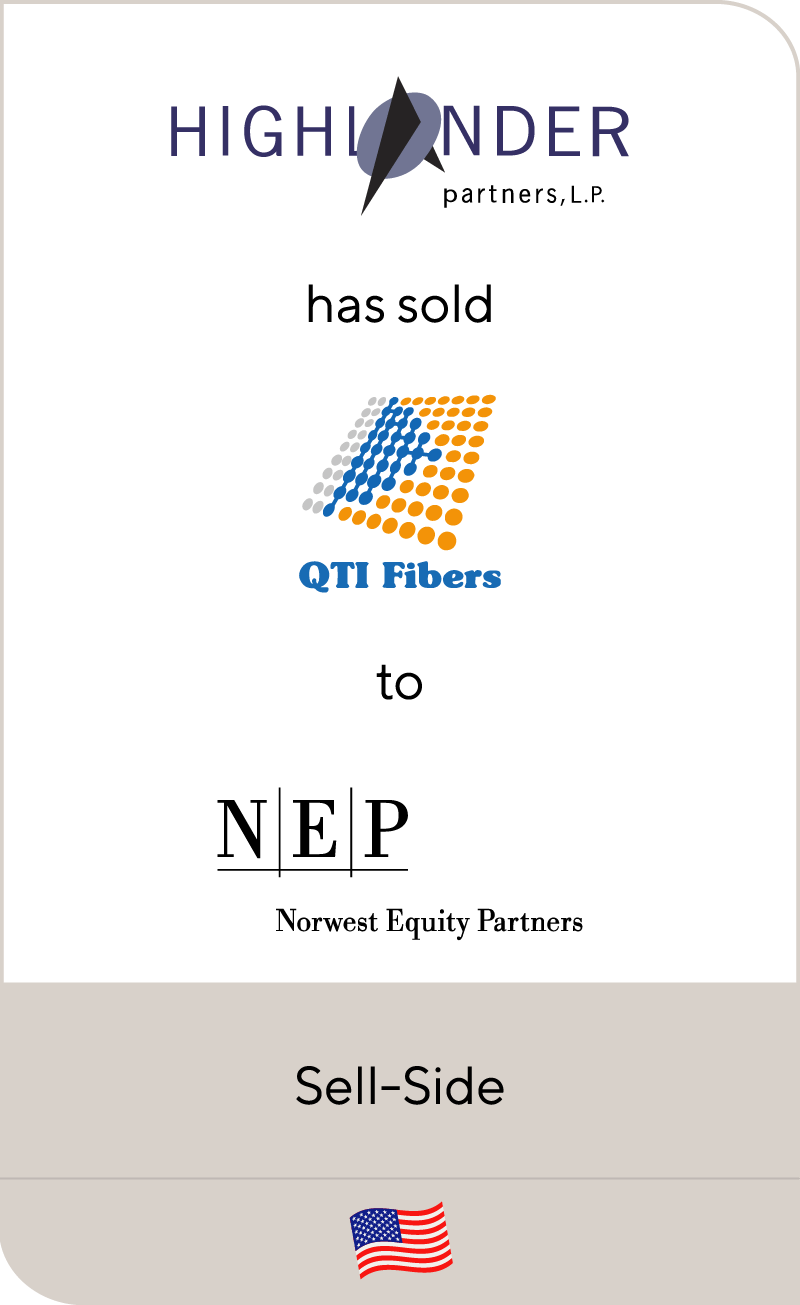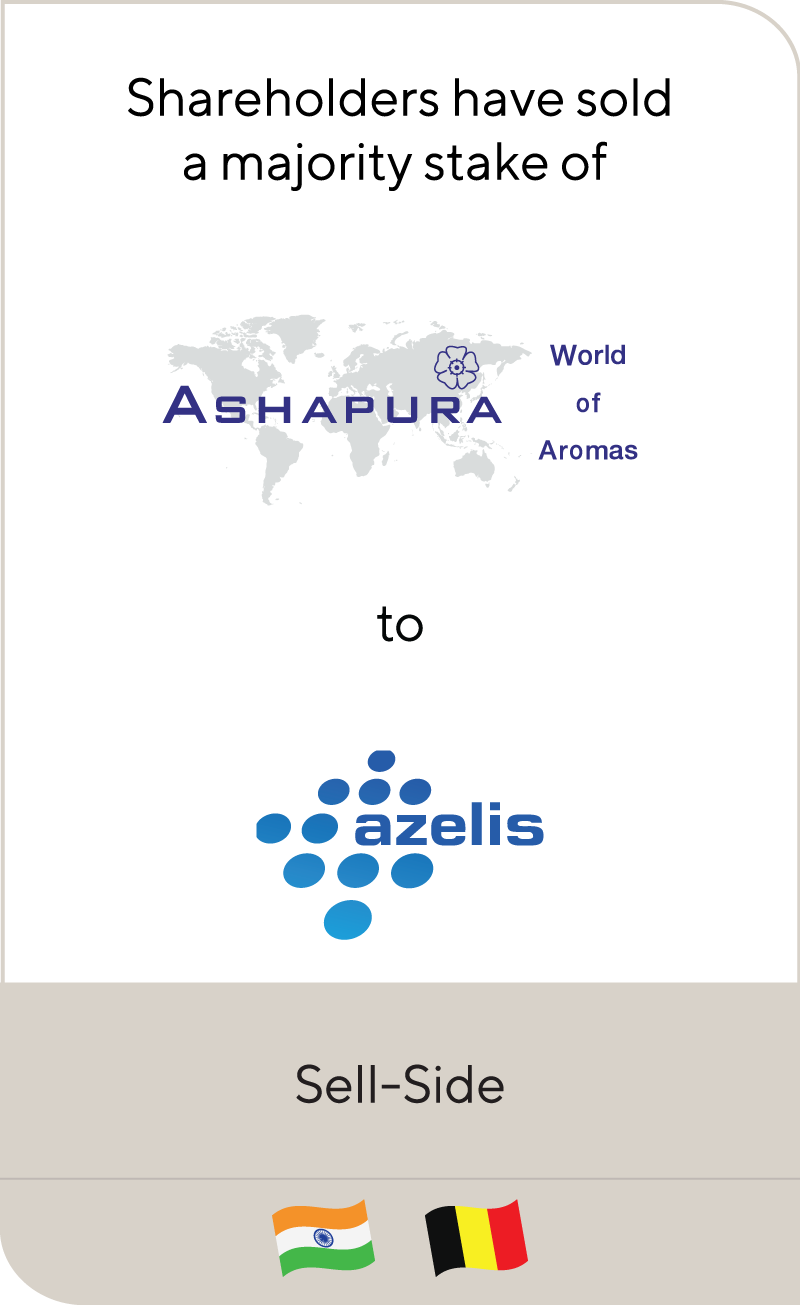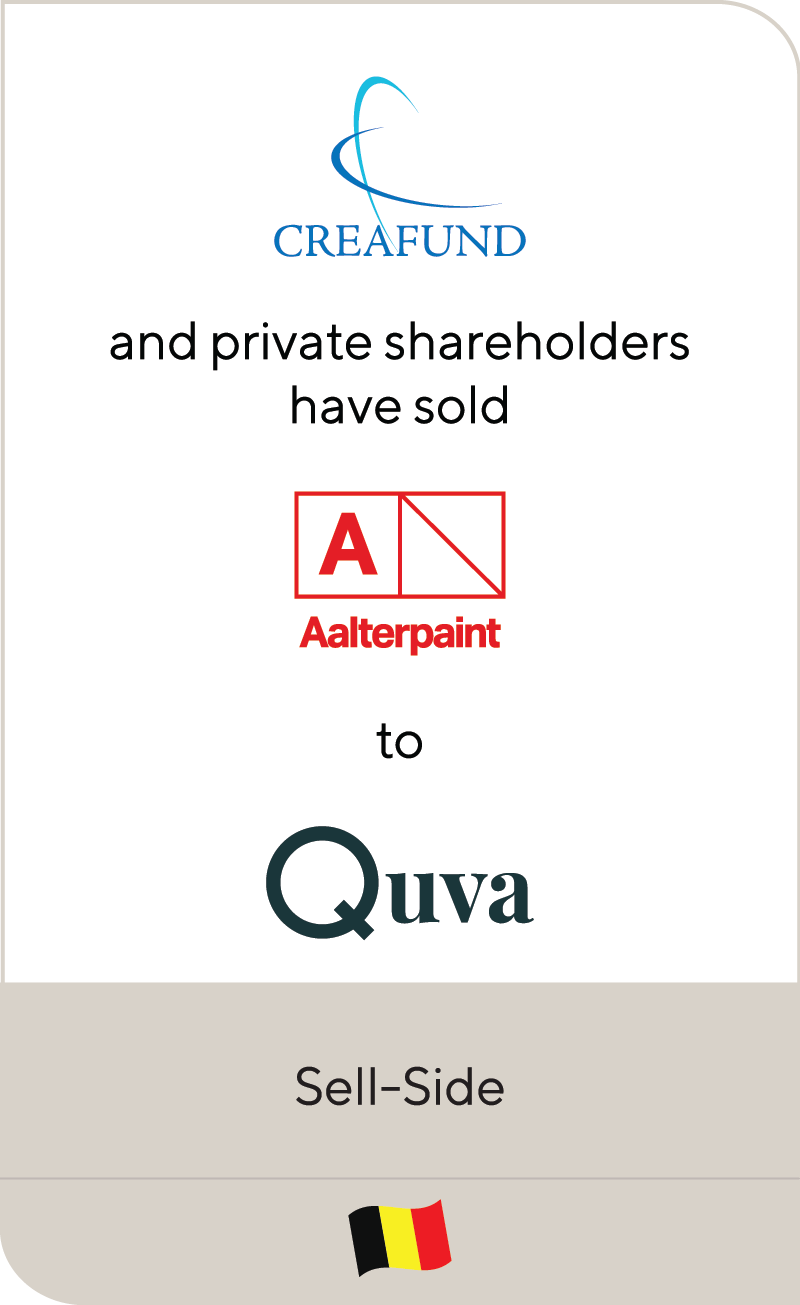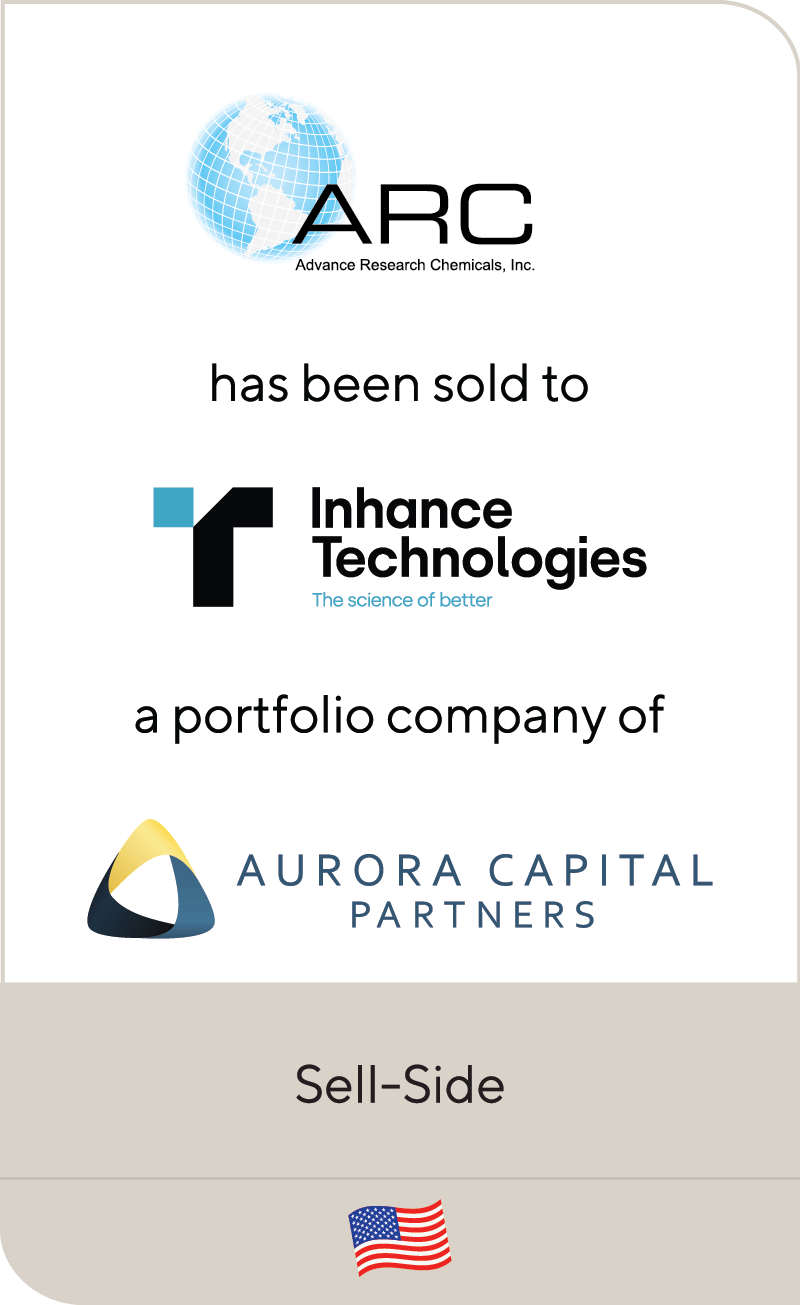Re-Visiting the Highly Active Adhesives and Sealants Market
May 2022
With the once-every-four years World Adhesive & Sealant Conference now completed, it would only be appropriate to provide a brief refresher on the attractive adhesive and sealants subsector within chemicals and materials. Adhesives and sealants are critical to a wide variety of industries, including building and construction, electronics, consumer, transportation, medical and industrials. Adhesives serve to bind materials together and balance structural load. Sealants serve to provide greater flexibility and protection from elements (e.g., air, water). The two are tied together through similar production cycles and source materials. On an airplane, for example, adhesives are used to bond together textiles and fabrics for seating applications, while sealants are used to provide insulation and protect from fire. Adhesives and sealants are mission critical as a failure in performance will have compounding ramifications for the product or brand associated with the end application.
The global adhesives and sealants market is estimated to be north of $60 billion and is expected to grow in excess of GDP given the increasingly advanced applications (frequently replacing traditional fastening products) and the alignment with industry megatrends. One example of broader market share gain over traditional fastening products is in the consumer segment with non-sewing adhesives that provide higher efficiency and more flexible designs than can be achieved via sewing. Another example of market share gain is via replacing more typical mechanical bonding, enabling lightweighting, more durable qualities and weight bearing in building and construction applications. Major tailwinds supporting adhesives and sealants growth include electrification, e-commerce, mobility, clean energy and hygiene and health.
The adhesives and sealants market can be further thought of between four primary technologies: (i) water-based, (ii) solvent-based and (iii) hot-melt adhesives and sealants. The selection of adhesive or sealant depends on many factors, including the type of substrate, application type or resistance (e.g., environmental, temperature) required. At a high level, solvent-based adhesives utilize solvents as a vehicle for the resin, while water-based adhesives utilize water. Hot-melt adhesives provide short opening and setting times for application, making them particularly attractive to the packaging industry. To be a full service provider within the industry, it is important to have extensive capabilities deep within the adhesive subsets.
Summary
-
Lincoln International's chemicals experts review the state of the adhesives & sealants market.
- Click here to download a printable version of this perspective.
- Sign up to receive Lincoln's perspectives
Water-based adhesives are formed from water, polymers and additives. They are activated as the water evaporates or as it is absorbed by the substrate. Subsets with water-based adhesives include polyvinyl acetate (PVA), vinyl acetate ethylene (VAE) and acrylic-based emulsion adhesives. PVA adhesives are ideal for porous materials, such as textiles, paper, wood and tissues, while VAE adhesives are better suited for porous applications and possess better flexibility and resistance to water with superior properties. Acrylic-based emulsion adhesives are created from homogenously emulsifying vinyl acetate or acrylic synthetic resin polymers in water. The benefits of acrylic-based emulsion adhesives help to balance peel, shear and tack.
Hot-melt adhesives are polymer based and are typically applied as a film or as a line of beads that convert to solid form once the material sets. The benefits of hot melt adhesives include a fast set time because they do not use water or solvents, making them ideal for industrial applications. Ethylene-vinyl acetate (EVA) is a particular copolymer, hot-melt adhesive that can be used in a range of formulations and applications given they bond to many different cellulosic materials (typically the broadest range of substrates among hot-melt adhesives). Another popular hotmelt type is polyolefin adhesives, which provide higher heat resistance and bond strengths when compared to EVAs.
Solvent-based adhesives are produced through a mix of solvents and thermoplastics or crosslinked polymers. They have advantages over water-based adhesives when it comes to application (e.g., aerosol spray, brush, coating or roll) and typically provide a heightened level of resistance to external, environmental factors on different substrates. The primary appeal tends to be their strong resistance to chemical exposure and high temperatures. Two common classifications of solvent-based adhesives are wet bonding adhesives and dry bonding (or contact) adhesives. Wet bonding adhesives harden once the solvent evaporates. It is critical that the substrates are bonded while the adhesive is still in the liquid form. Dry bonding adhesives can be applied without the use of clamping and the bond will build over time as the polymers of the adhesives films comingle.
The adhesives and sealants market is increasingly shifting towards more ESG-friendly solutions. The EPA and REACH are both driving adhesive and sealant solutions to no or low VOC levels. With the demand for environmentally friendly construction increasing, adhesives and sealants that are sustainable with renewable and recycled applications are becoming increasingly important. These solutions will require greater levels of industry partnership than in the past, with one such example being H.B. Fuller’s 2021 partnership with Covestro to deliver more sustainable adhesive solutions. While care must be taken when reformulating a solution, there is a clear path to a greener future for adhesives and sealants as the value chain transforms from operating in the frame of a linear economy to that of a circular economy.
From the mergers and aquisitions (M&A) side, the adhesives and sealants market has been highly active with multiples continuing to increase. A new high watermark was set with Arkema’s (Bostik’s) acquisition of Ashland’s performance adhesives business unit, which was a multiple of 20.1x the TTM June 2021 EBITDA (as per the Ashland press release) or 17.4x Pro-Forma 2021 EBITDA (if the Arkema announcement is your preference). In any event, if future synergies and tax benefits are folded in, the multiple would be down to an implied 8.7 times by 2026. Double-digit multiples in the industry are not a new phenomenon, as H.B. Fuller paid 11.1x for Wisdom Adhesives, a provider of adhesives for the packaging, assembly and paper converting markets, back in January 2017 (though projected down to 7.2x post-synergies). In the interim, there have been a number of highly successful private equity theses deployed in the space, perhaps most notably with Arsenal Capital’s Meridian Adhesives investment. Despite the level of activity over the last several years, the industry is still fairly fragmented at the lower end with additional activity certain to come in the near term.
Contributor
Meet Professionals with Complementary Expertise

I am resolute in providing honest, insightful and pragmatic advice to clients.
Adam Hunia
Managing Director
ChicagoRelated Perspectives in Chemicals

Chemicals Quarterly Review Q1 2024
Despite sticky interest rates and geopolitical tensions heating up in multiple arenas, last year’s rally showed no sign of slowing through Q1 2024. The S&P 500 registered the biggest gains,… Read More

Chemicals Quarterly Review Q4 2023
Expectations were low heading into the final three months of the year as stubbornly high interest rates caused a late summer downturn in the S&P 500. Despite a continued decline… Read More

Chemicals Quarterly Review Q3 2023
The economy exhibited modest growth over the summer, both fueling concerns about a potential recession and nurturing hopes that it might be averted. After two consecutive quarters of contraction, the… Read More

Chemicals Quarterly Review Q2 2023
Equities rallied in Q2 2023, with the S&P 500 gaining 16.9% year-to-date through June, driven primarily by artificial intelligence (AI)-fueled enthusiasm for large-cap technology stocks. The chemicals sector has been… Read More










